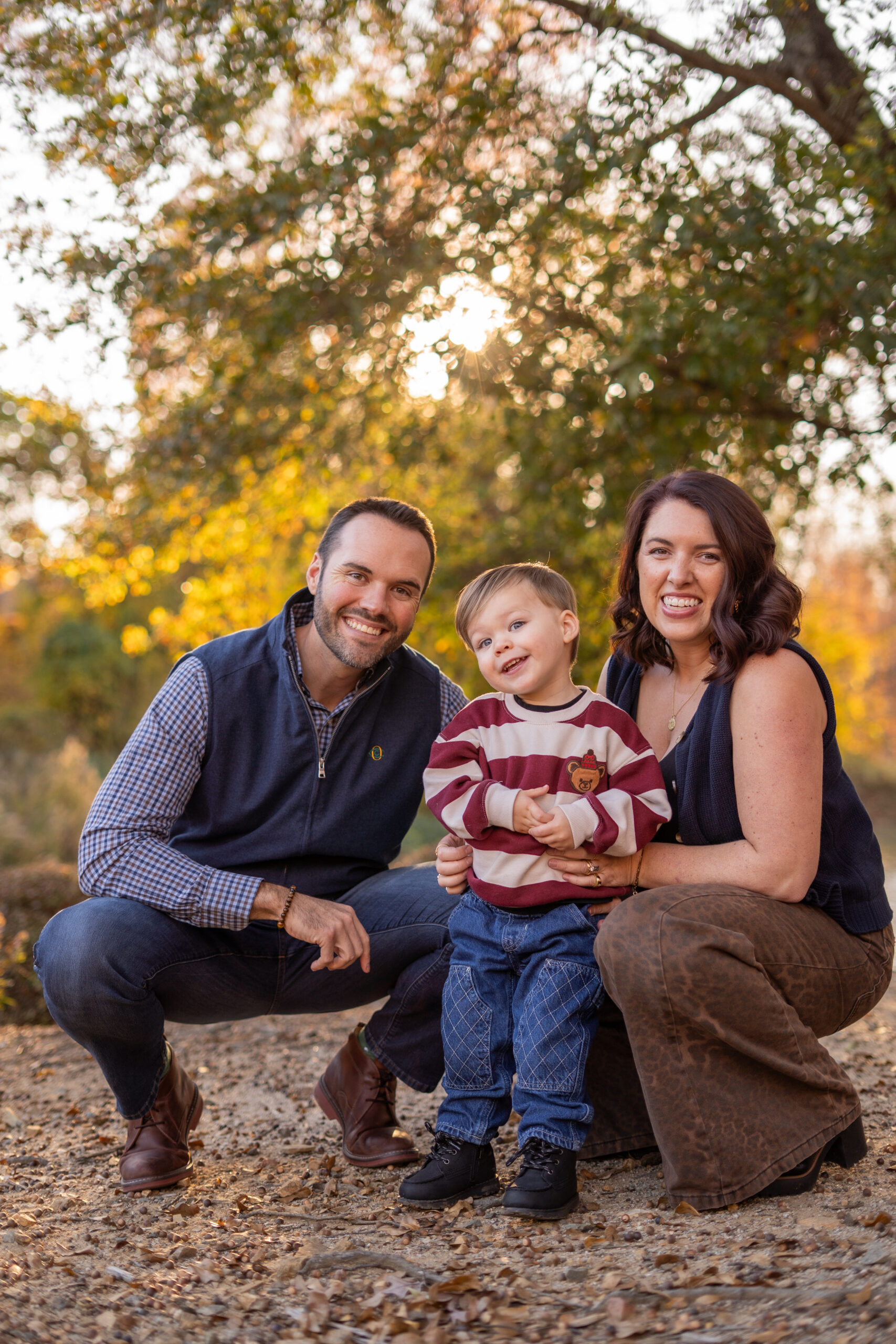April 17, 2020
SECURE ACT Greatly Affects IRA Inheritance Planning
With the ever evolving COVID-19 situation, everyone’s focus has been on government stimulus for individuals and small businesses alike. Helping clients through this tough situation has been stressful, but ultimately rewarding in knowing we are doing our part to help bring some stability in these extraordinary times. We have written countless updates and summaries on the stimulus available, which if interested, can be found here: CARES ACT.
One of the key CARES ACT provisions addresses Required Minimum Distributions (RMDs) which connects perfectly with the article I wanted to write this month on another important bill passed in 2020, the SECURE ACT. In January I wrote a simple breakdown of the SECURE ACT tax impacts, found here SECURE ACT. One of the key provisions was the pushing back of the RMD age from 70 ½ to 72. Now, as a part to the CARES ACT, RMDs are being waived for 2020. If you happened to already take yours, you have up to 60 days to contribute it back to your IRA. If you turned age 70 ½ in 2019 and were supposed to take your first RMD by 4/15/2020 but did not, you can skip 2019 and 2020!
Beyond the RMD age increase, there was a major change in how IRAs and other pre-tax retirement plans are inherited, and this will affect the estate plans of most, if not all clients. The SECURE ACT has eliminated the “stretch” provision as an option for most non-spouse beneficiaries of inherited retirement accounts. Replacing the “stretch” IRA (or stretch 401k), in many instances, is a new 10-Year Rule, which requires that an inherited retirement account be emptied by the end of the 10th year after the year of death. Before we move on to how it works now and why this is such a big change, prior to the SECURE ACT, let’s review how this did, and still does work in some instances.
The beneficiary of an inherited IRAs generally HAD two options: withdraw the entire account within five years of the owner’s death or begin taking RMDs based on your own life expectancy within one year of the date of death. For a non-spouse beneficiary, like a child or grandchild, this could mean stretching the IRA distributions over decades and generations, delaying the taxes paid and allowing for continued, compounding growth.
A surviving spouse named as the primary beneficiary of a decedent’s IRA has an additional option: they can roll the funds over from the inherited IRA into their own IRA. This allows them to treat the inherited IRA as their own, subject to their own RMD requirements and life expectancy.
The good news is the life time stretch IRA is still available for a surviving spouse and minor children of the decedent. That bad news is children that reach the age of majority (18 in most states) and grandchildren, regardless of age, are no longer able to use the stretch IRA and are now required to distribute the entire balance of the inherited IRA by the end of year 10, after the year of death. You can take distributions in any of the 10 years, but RMDs are not required, the money just has to be fully distributed by the end of year 10. For someone who is not qualified to stretch distributions that inherits a large IRA, this will mean large tax bills and a loss of the coveted tax deferred growth after just 10 years.
For many of our clients, we use a Pour Over Will with a Revocable Living Trust estate plan structure, with the trust becoming irrevocable at death. This ensures we protect your assets from creditors, failed marriages, and the potential for not so smart financial decisions by your beneficiaries. In many instances, the trust is the primary or contingent beneficiary of an IRA and our attorneys are certain to write the trust in a way that qualifies it as a “see through” or Conduit Trust. When written the right way, the stretch IRA provisions still worked for spouses, children, grandchildren.
With the passing of the SECURE ACT, this can still work but you must be extremely careful in how you structure the Trust’s rules around IRA distributions. If the income beneficiaries are a spouse or minor children, it still works. If they are a non-spouse or adult children AND the trustee of the trust can make discretionary distributions from IRAs, the distributions can be spread over the required 10-year period which provides for some tax strategy. If the trust stipulates that each year ONLY the RMD should be taken, thus forcing the stretch, nothing can be distributed until year 10 at which point the entire amount will be counted as income and likely forcing you through many higher tax brackets.
The long and short of this is estate planning just got a little bit harder. Fortunately for you, your Personal CFO team is on top of it and will be reviewing your documents to determine if any changes should be made to your estate structure. If changes are needed, our team will coordinate with your attorney to draft the new documents and make sure all your IRA accounts reflect the updated beneficiary structure.























